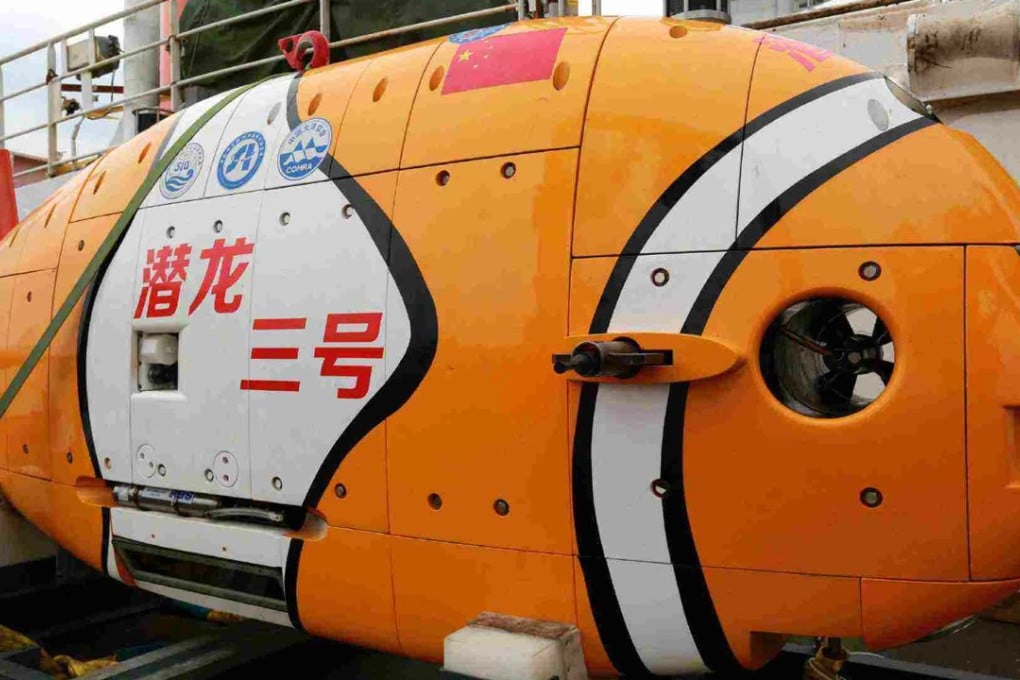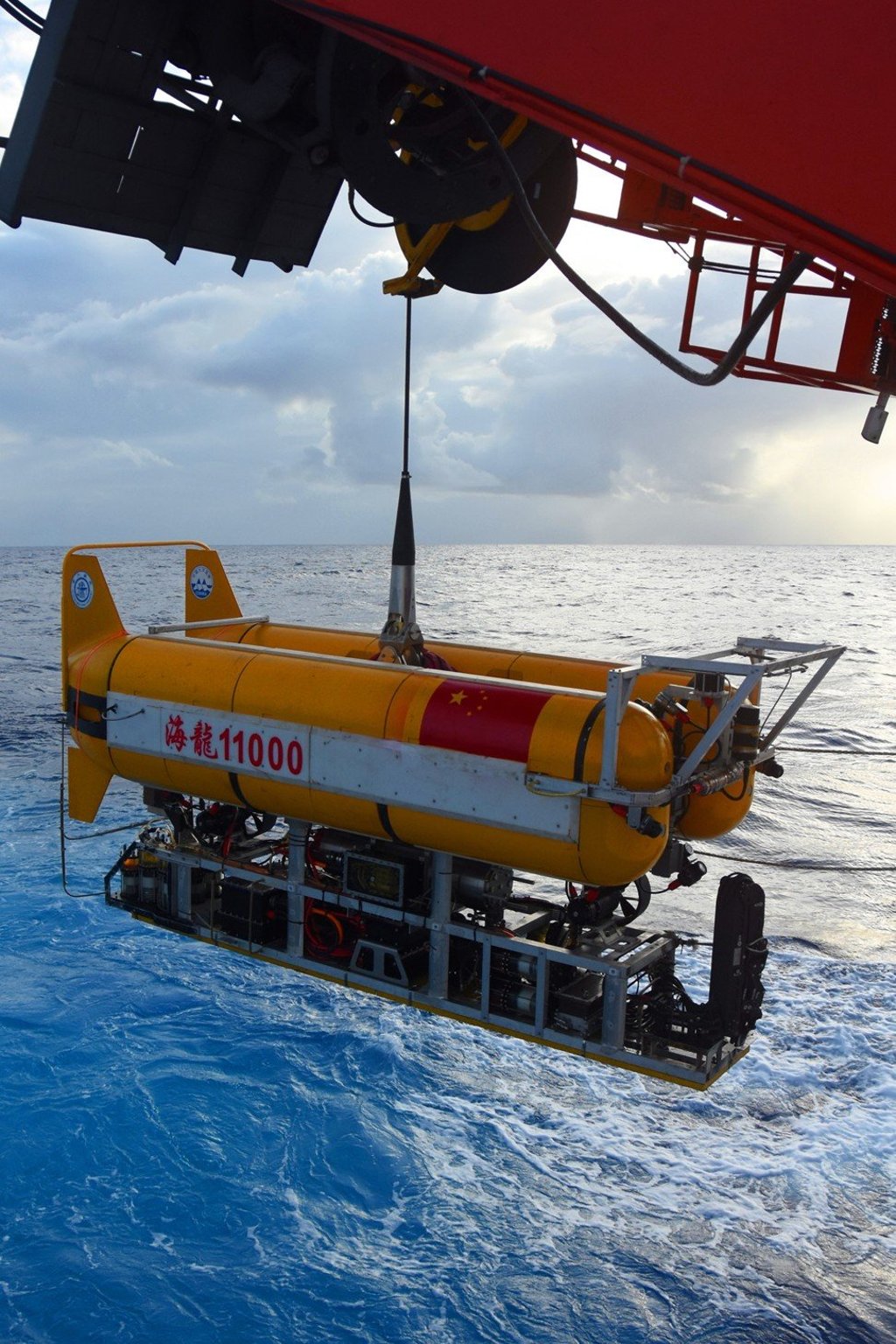Beijing plans an AI Atlantis for the South China Sea – without a human in sight
- Urged by President Xi Jinping to dare to do something that has never been done before, scientists say challenges could give China huge technology lead

China is planning to build a deep sea base for unmanned submarine science and defence operations in the South China Sea, a centre that might become the first artificial intelligence colony on Earth, officials and scientists involved in the plan said.
The project – named in part after Hades, the underworld of Greek mythology – was launched at the Chinese Academy of Sciences in Beijing this month after a visit to a deep sea research institute at Sanya, Hainan province, by Chinese President Xi Jinping in April.
Xi urged the scientists and engineers to dare to do something that has never been done before. “There is no road in the deep sea, we do not need to chase [after other countries], we are the road,” he said.
The idea of an outpost for deep sea exploration has been a favourite of scientists, engineers and fiction writers for hundreds of years, while the Greek allegory of Atlantis has inspired many “city beneath the sea” stories.
The Hadal zone that would be home to the base is the deepest part of an ocean – typically a V-shape abyss – at a depth of 6,000 to 11,000 metres (19,685 to 36,100 feet).
The project will cost Chinese taxpayers 1.1 billion yuan (US$160 million), the scientists said. That is half as much again as the cost of the FAST radio telescope – the world’s largest – in Guizhou province, southwest China.
